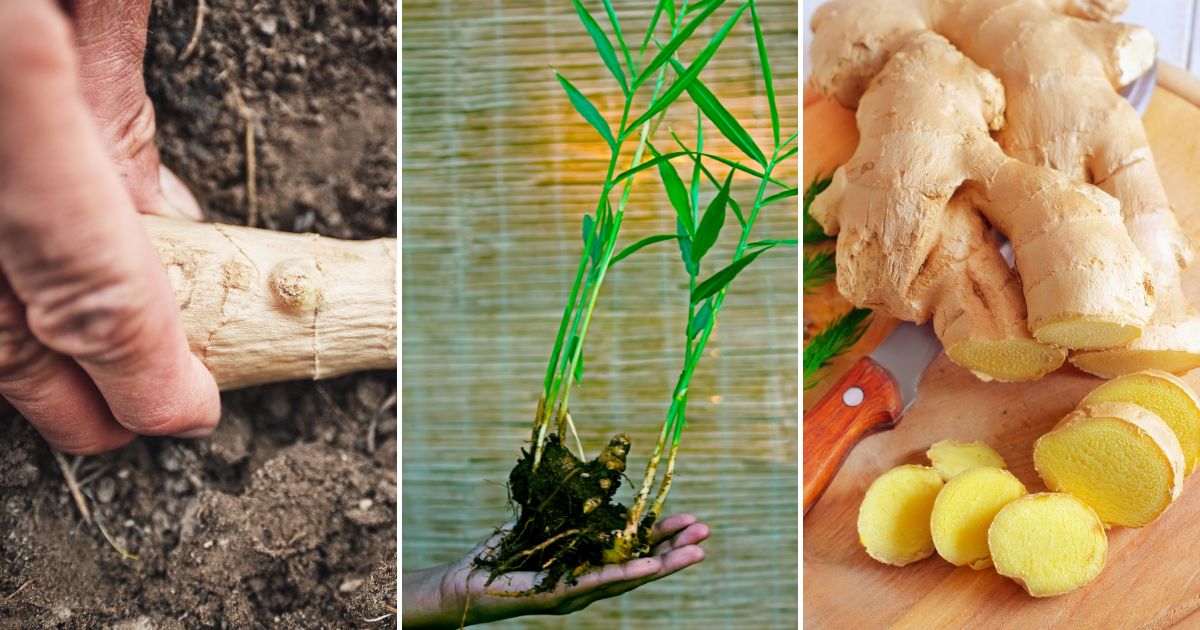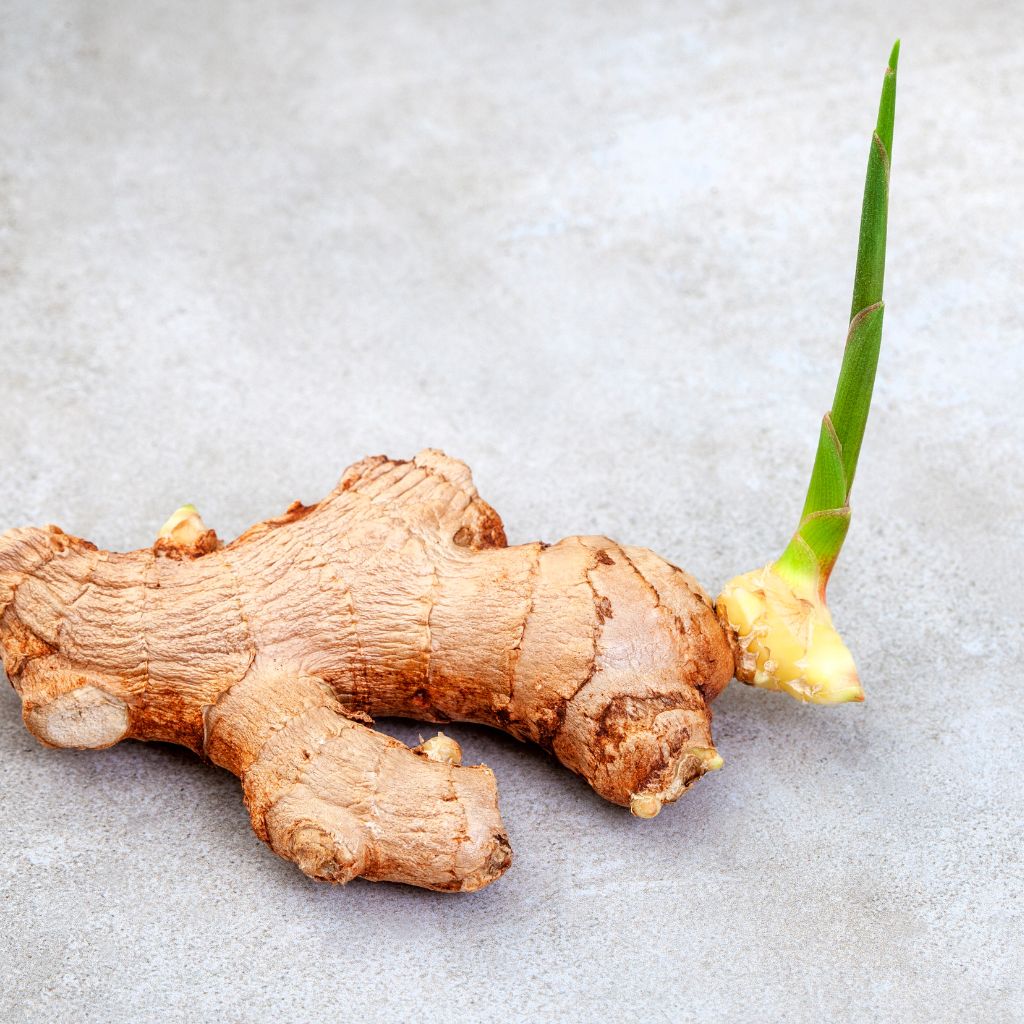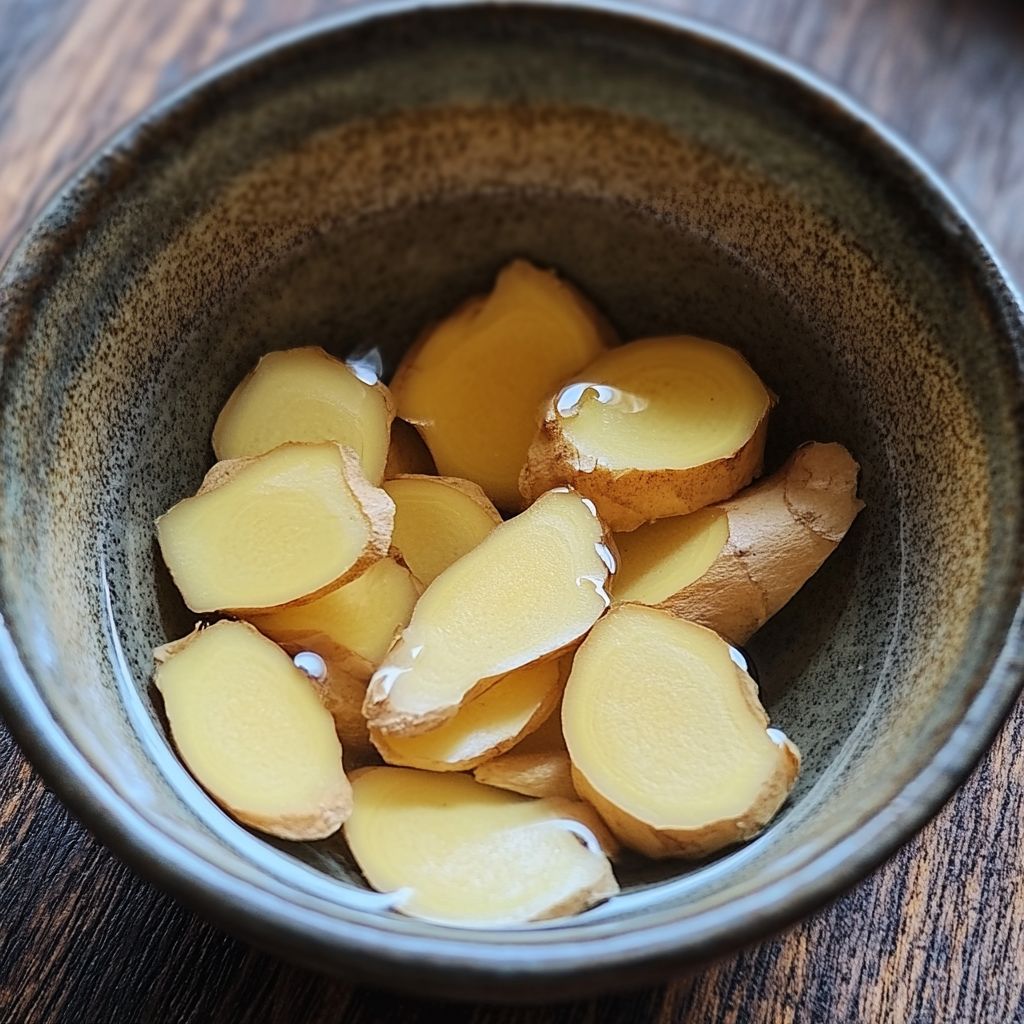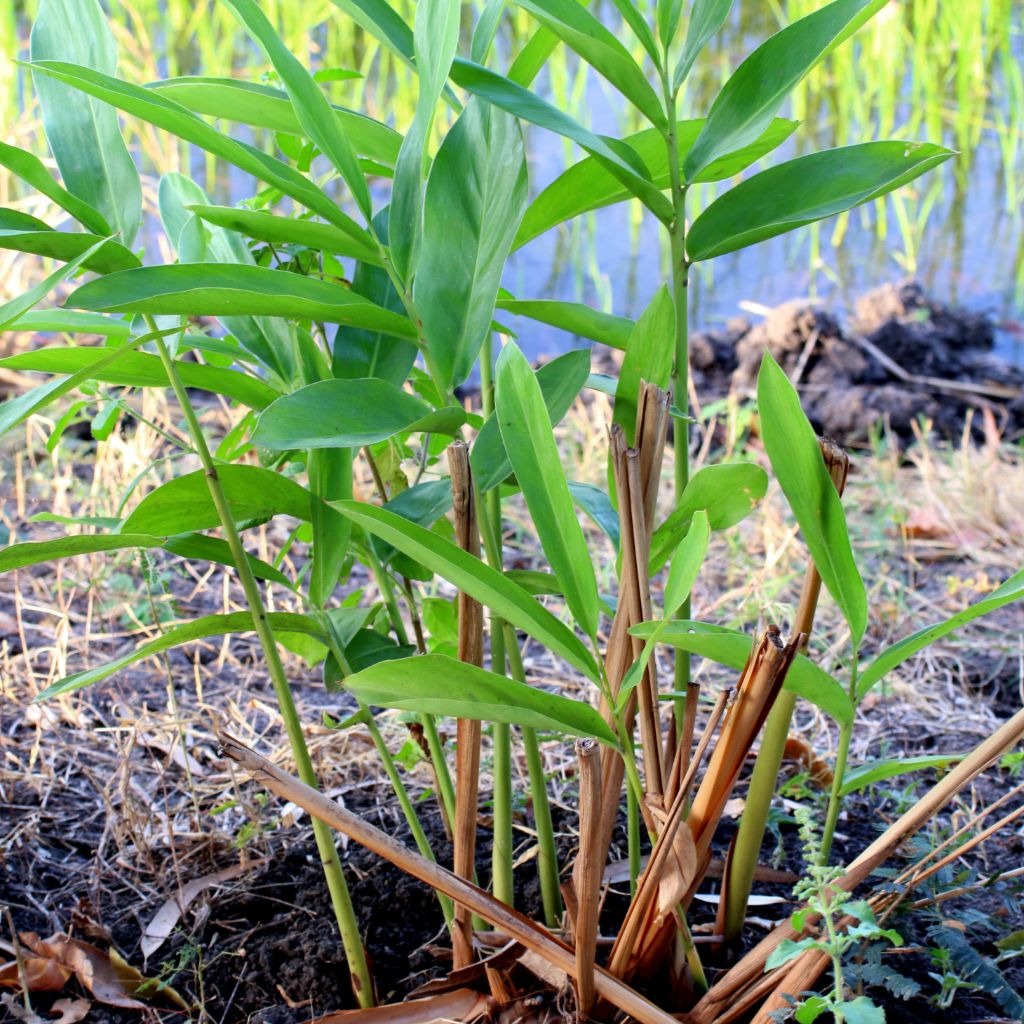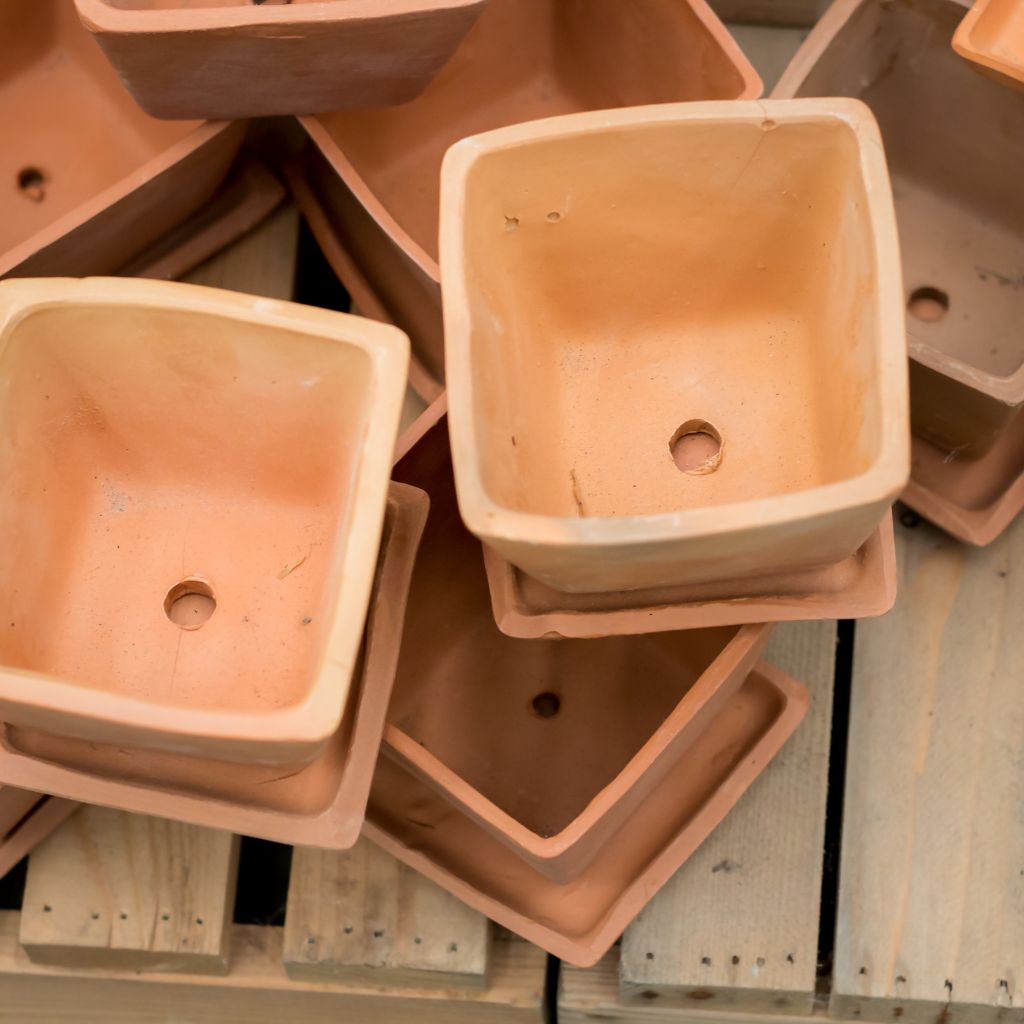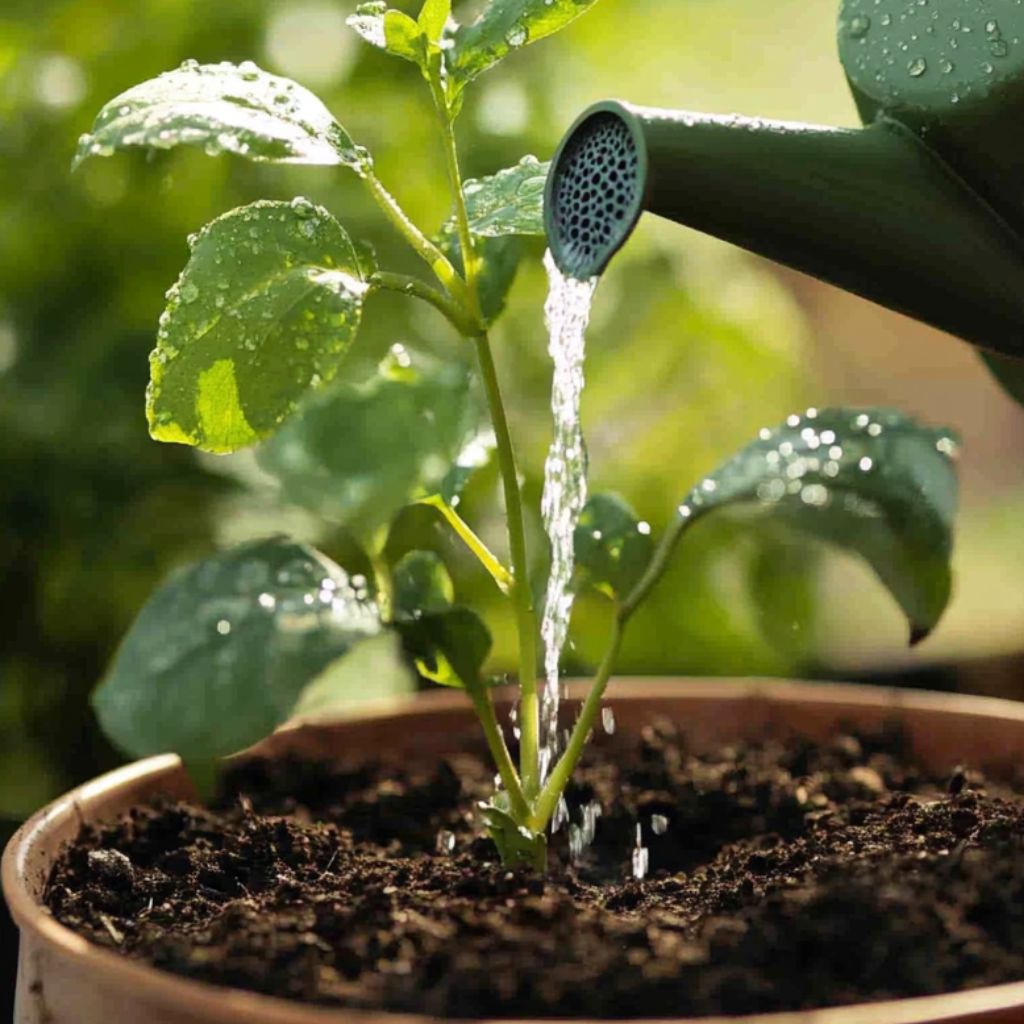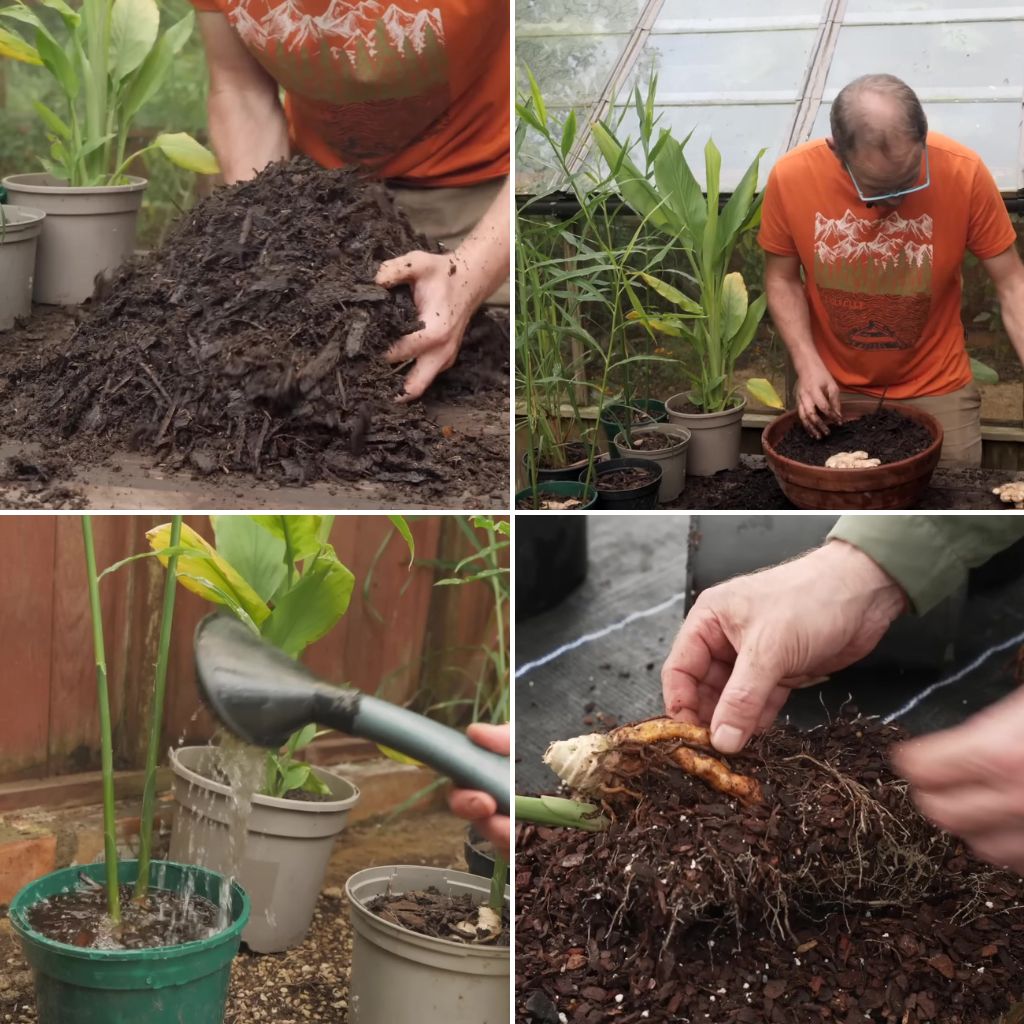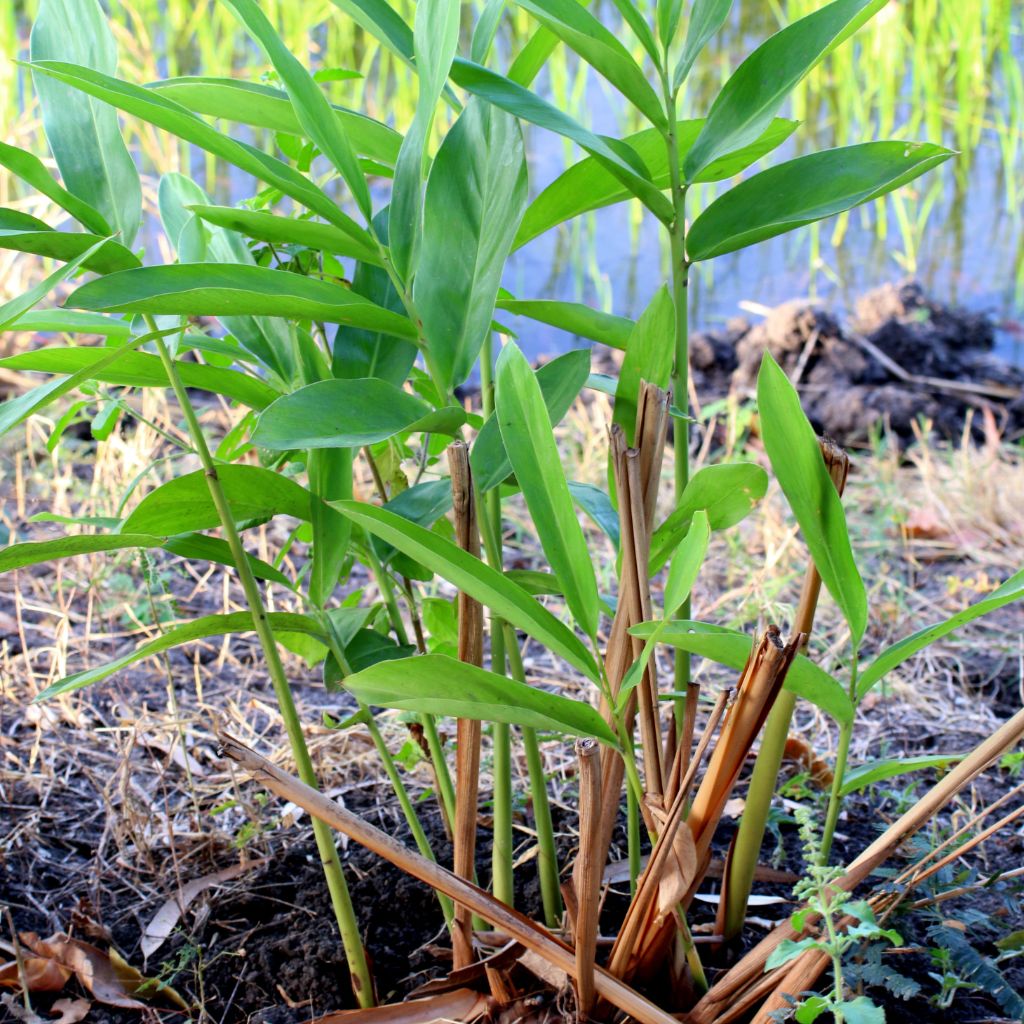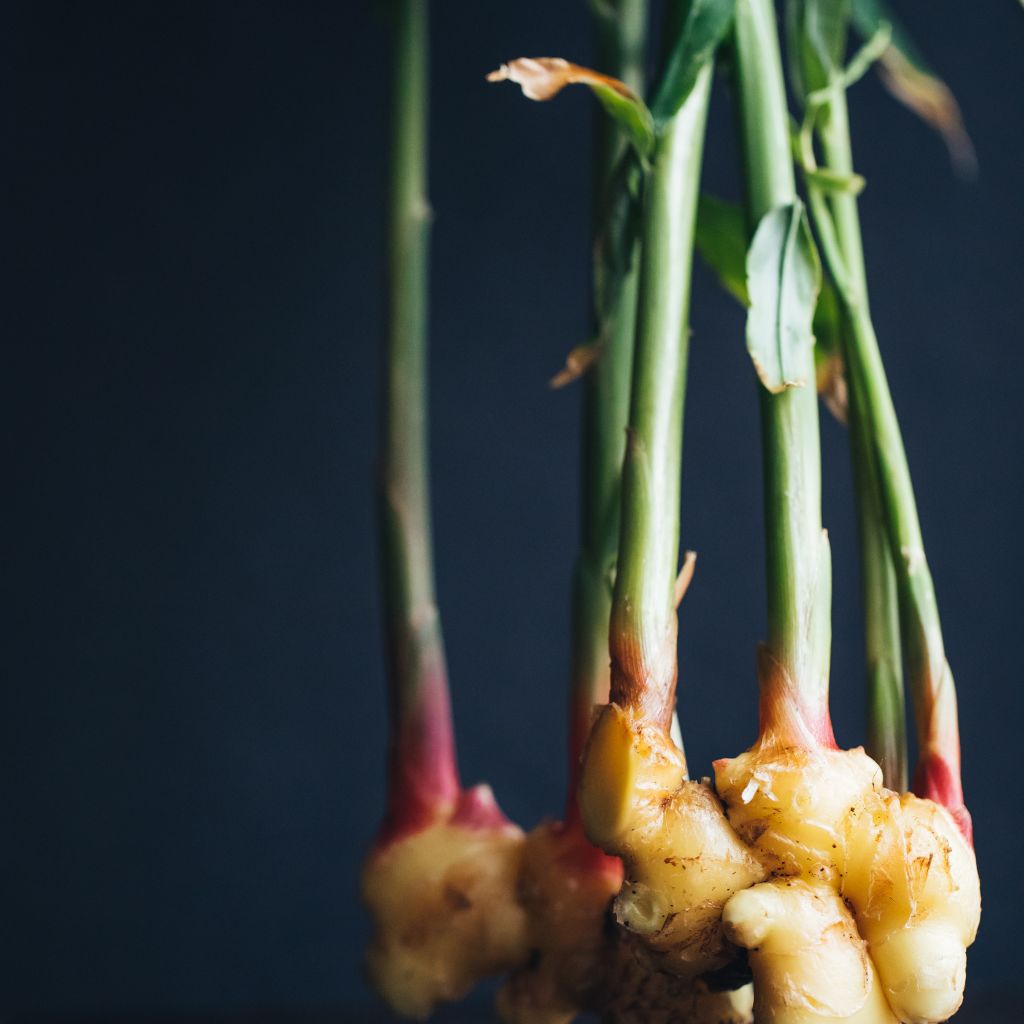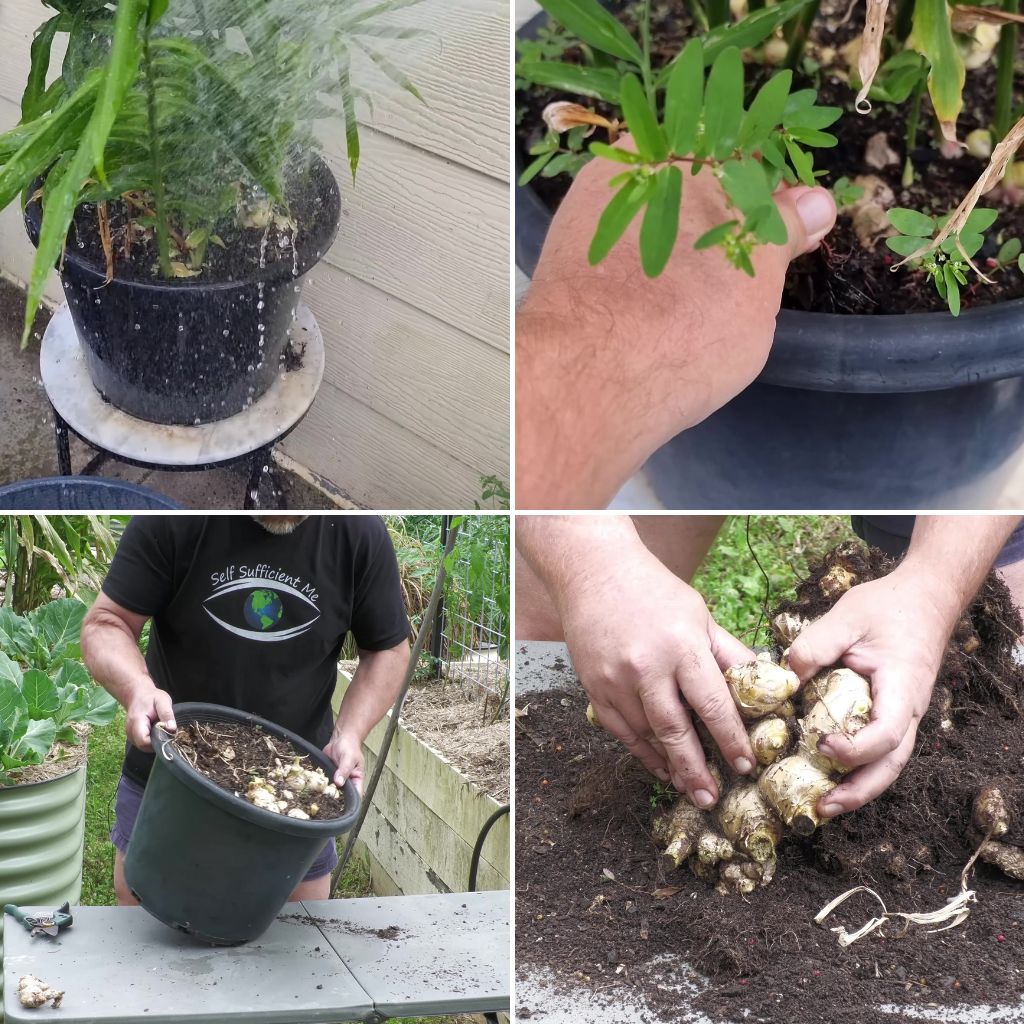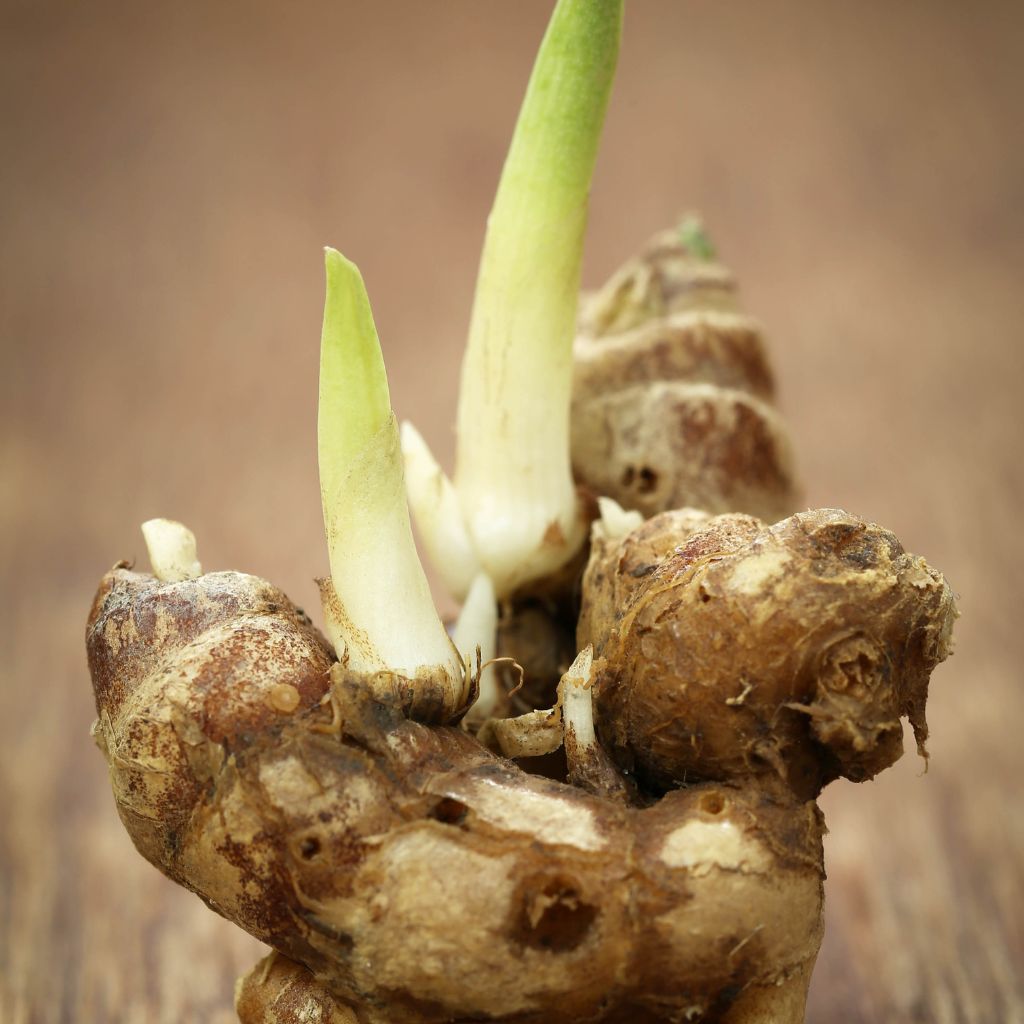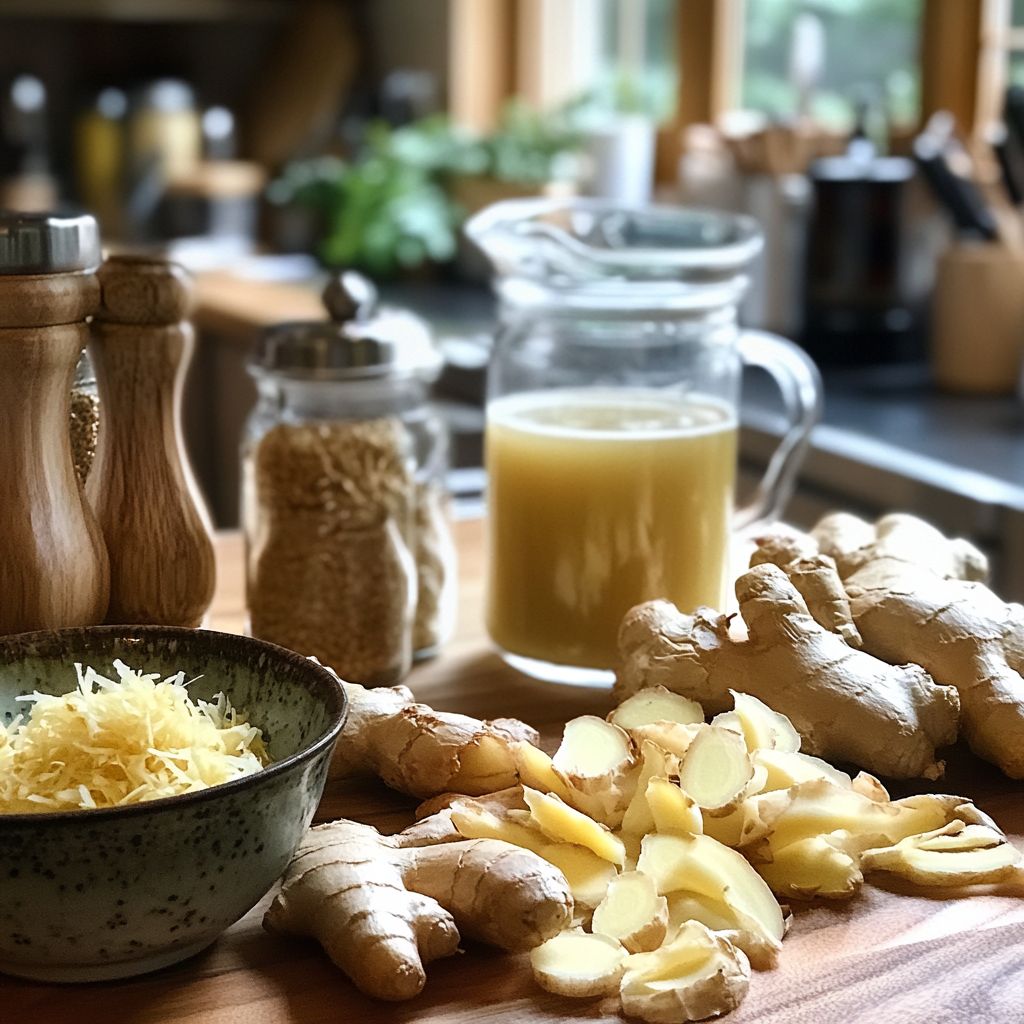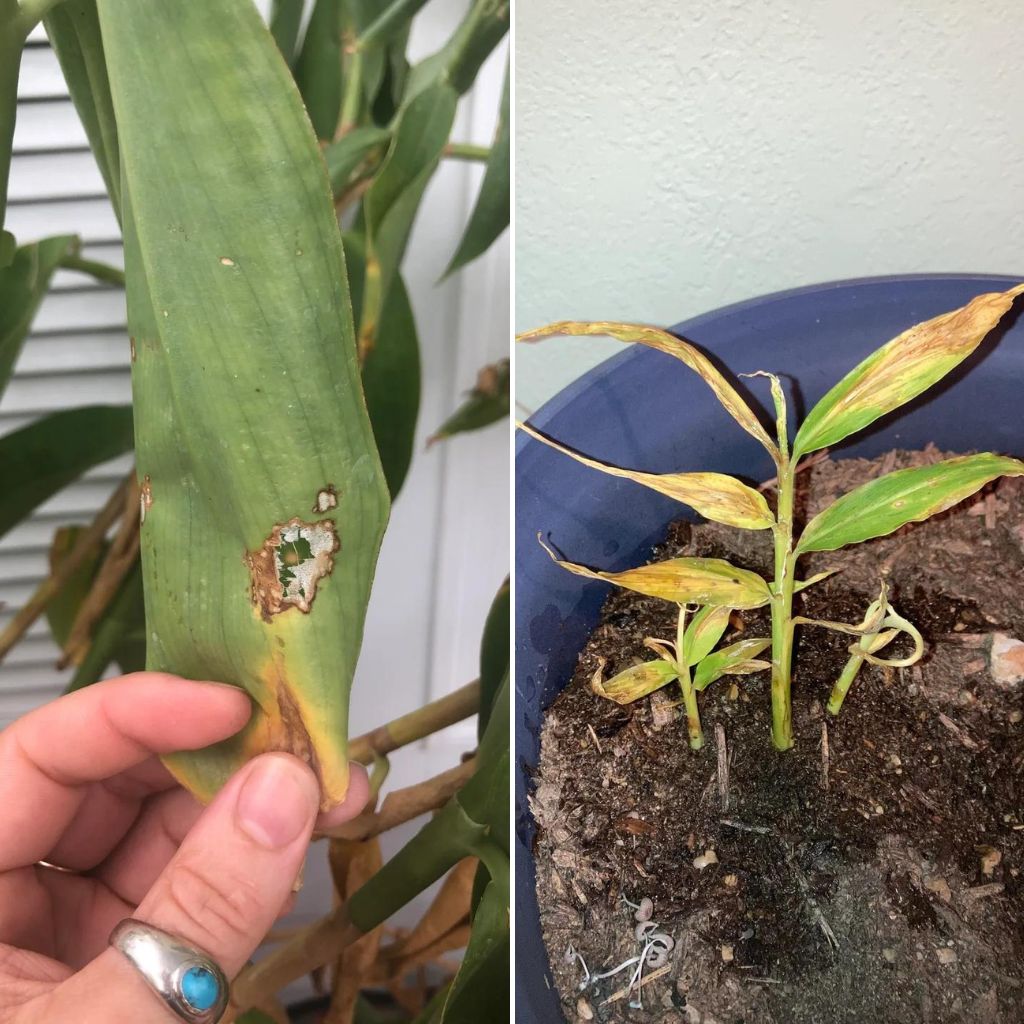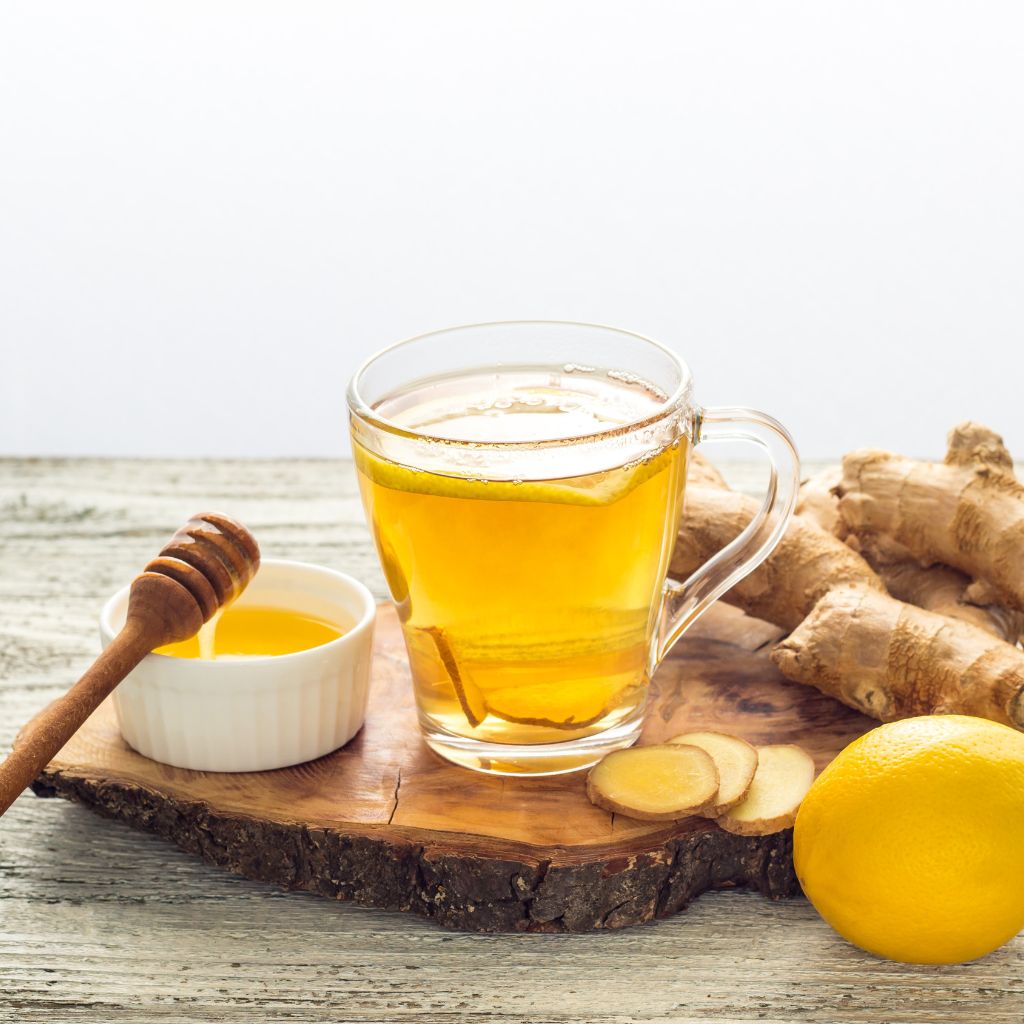Ginger is a versatile and aromatic spice that not only adds a zing to your meals but also comes with numerous health benefits.
While it’s a common ingredient in many kitchens, the idea of having an endless supply at home is appealing.
Whether you have a large garden or just a small balcony, growing ginger is entirely feasible and incredibly rewarding.
Here are some secrets and tips to help you cultivate your own ginger supply at home.
1. Selecting the Right Ginger
The first step in growing ginger successfully is choosing the right rhizome. Look for fresh, plump, and firm pieces with visible “eyes” or growth buds.
These are the tiny protrusions that will eventually sprout into a new plant. It’s best to buy organic ginger, as non-organic varieties might be treated with growth inhibitors that can stunt or delay sprouting.
2. Preparing the Rhizome
Before planting, soak your ginger rhizome in water overnight. This process helps to hydrate the rhizome, encourages sprouting, and washes away any chemicals that might have been used to inhibit growth.
After soaking, you can either plant the rhizome directly or allow the cut ends to dry and heal for a day or two to reduce the risk of rot.
3. Choosing the Right Location
Ginger thrives in warm, humid environments and prefers partial shade. Whether you’re planting in a pot or in your garden, make sure the spot you choose receives filtered sunlight or morning sun with afternoon shade.
In cooler climates, consider planting ginger in pots so you can move them indoors when temperatures drop below 50°F (10°C).
4. Selecting the Right Pot
If you’re growing ginger in a pot, the container needs to be at least 12 inches deep and wide to allow enough space for the rhizomes to spread horizontally.
Drainage is crucial, so ensure your pot has adequate drainage holes to prevent waterlogging, which can lead to root rot.
5. Preparing the Soil
Ginger requires loose, well-draining soil rich in organic matter. A mix of standard potting soil with added compost or aged manure works well. The soil should have a slightly acidic to neutral pH, around 5.5 to 6.5, to create the ideal growing environment for ginger.
6. Planting the Rhizome
Plant the ginger rhizome with the eyes facing up, about 1 to 2 inches below the surface of the soil. If you’re using a larger pot, you can plant multiple rhizomes, spacing them a few inches apart. Cover lightly with soil and water thoroughly.
7. Watering
Ginger loves moisture, but it’s essential to strike a balance to avoid waterlogged soil. Water the plant regularly to keep the soil consistently moist but not saturated.
During the growing season, watering should be adjusted based on weather conditions, with more frequent watering in hot and dry climates.
8. Maintaining Humidity
Ginger plants thrive in high humidity, making them well-suited for tropical and subtropical climates.
If you’re growing ginger indoors or in a dry environment, consider using a humidifier or placing a tray of water near the plant to increase humidity. Misting the leaves regularly can also help.
9. Temperature Considerations
Ginger flourishes in warm temperatures, ideally between 75-85°F (24-29°C). If you live in a cooler climate, it’s best to grow ginger in a pot so you can bring it indoors when the weather cools.
Keep the plant away from drafts and sudden temperature changes, which can stress it.
10. Fertilizing for Growth
Ginger is a heavy feeder, especially during its active growing phase. Use a balanced organic fertilizer every 4-6 weeks to provide the necessary nutrients for robust growth.
A fertilizer with a higher phosphorus content will encourage rhizome development over leaf growth.
11. Mulching
Applying a layer of organic mulch around your ginger plants can help retain soil moisture, suppress weeds, and maintain an even soil temperature.
Mulching is particularly beneficial in garden beds, but can also be used in pots. Materials like straw, wood chips, or compost make excellent mulch options.
12. Patience is Key
Ginger is not a fast-growing plant and requires patience. You’ll likely see shoots appear within a few weeks, but the rhizomes can take 8-10 months to mature fully.
While it’s possible to harvest young ginger earlier, waiting for the full maturation period will give you a better yield and more flavorful rhizomes.
13. Harvesting Ginger
When the leaves of your ginger plant start to yellow and the stems dry out, it’s a sign that the plant is entering dormancy and the rhizomes are ready for harvesting.
To harvest, gently dig around the plant and lift the rhizomes out of the soil. Harvest only what you need and replant a portion of the rhizome to continue the growth cycle.
14. Storing Ginger
After harvesting, clean the rhizomes thoroughly and let them dry in a cool, shaded area. Store the ginger in a cool, dry place or in the refrigerator wrapped in a paper towel inside a plastic bag to keep it fresh.
For long-term storage, ginger can be frozen, pickled, or dried and ground into powder.
15. Propagating Ginger
One of the secrets to an endless supply of ginger is propagation. After harvesting, select a few healthy rhizomes with visible growth buds and replant them.
This continuous cycle of planting and harvesting ensures you always have fresh ginger available.
16. Experiment with Ginger in the Kitchen
Homegrown ginger is not only fresher but also more flavorful than store-bought varieties.
Use it in a variety of dishes, from teas and stir-fries to curries and desserts. The possibilities are endless, and you’ll enjoy the satisfaction of knowing you grew it yourself.
17. Troubleshooting Common Issues
Ginger is relatively easy to grow, but it can encounter a few common problems. Watch out for pests like aphids and spider mites, and use natural remedies like neem oil to treat infestations.
Ensure your soil is well-draining to prevent root rot, and avoid overwatering, especially during the plant’s dormant period.
18. Enjoy the Fruits of Your Labor
Cultivating ginger at home is a fulfilling endeavor that rewards you with a continuous supply of this powerful root.
With the right care and a little patience, you’ll enjoy fresh ginger all year round, enhancing your culinary creations and benefiting from its health properties.
Growing ginger is a simple yet rewarding process that can be adapted to fit almost any living situation, whether you have a sprawling garden or a small apartment.
By following these secrets and tips, you’ll be well on your way to an endless supply of ginger at home.
